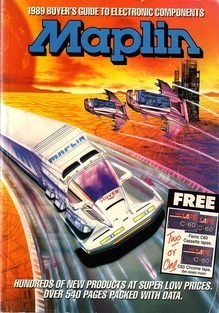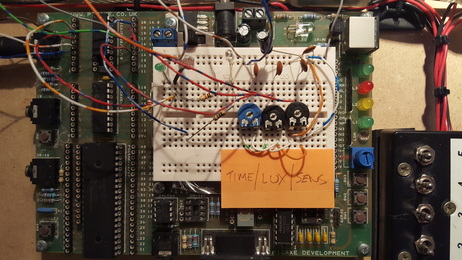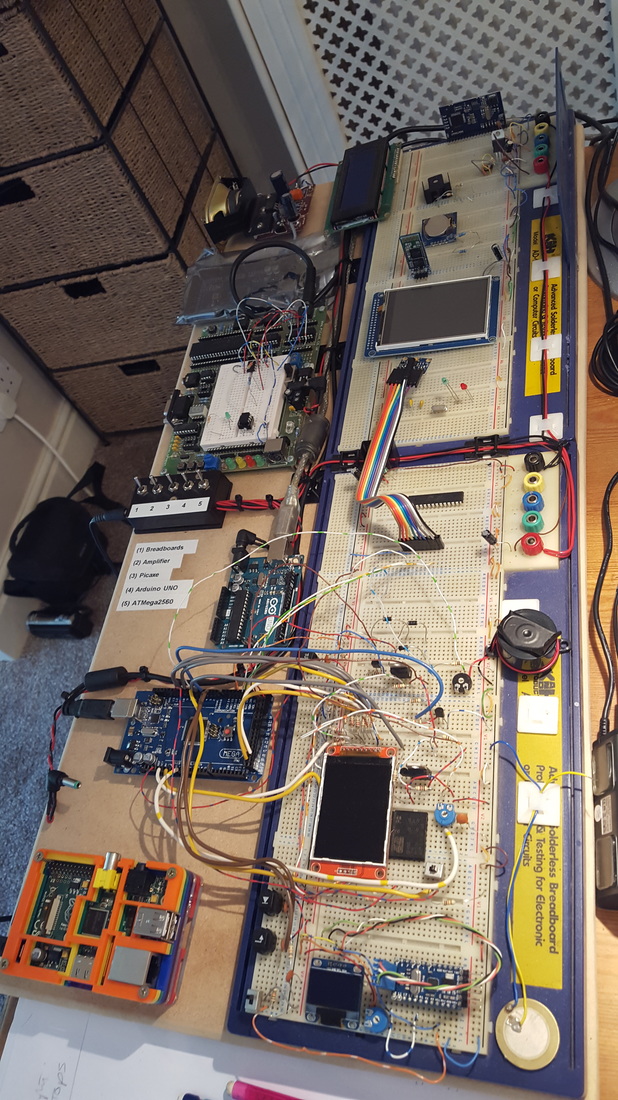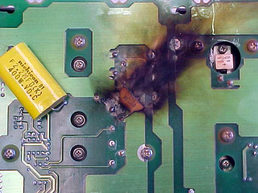Electronics
Electronics has been a hobby of mine since early teens. Possibly even earlier.
My father taught me basic electrical circuits, and my first home made project was a radio, built on a piece of wood and read from a Ladybird book. I still have the book!
My father taught me basic electrical circuits, and my first home made project was a radio, built on a piece of wood and read from a Ladybird book. I still have the book!
|
I followed that with an kit from a local electronics store called ‘101 Electronic projects’.
I still have the book that came with the kit. It had everything in it from weather stations to traffic lights and radios. I don’t know electronics the complicated way. I can’t lie and say I know exactly how to calculate the correct transistor, or the correct bias resistor for a component. I just know how to put it together from experience. I also know to never just buy one component! Component PDF data-sheets are a mine of useful information. Sometimes what you want is buried in 500+ pages of waffle, but what you need to know is probably there. Doesn't sound too professional I know, but hey.... it's worked fine for me |
99% of the time, you can find a circuit diagram on the internet that you can adapt for your needs. BUT.... beware, as time has gone forward, I have noticed that there is a VAST amount of incorrect information splattered all over the web.
Probably the best source of information are the forums. There are dedicated Picaxe, Arduino and Teensy forums, and numerous general electronics clubs.
Newbie beware however, the Arduino forum is not a nice place. If you are not a fan of sarcastic, unhelpful comments by nerdy know-it-alls, then Google will probably serve you better.
Probably the best source of information are the forums. There are dedicated Picaxe, Arduino and Teensy forums, and numerous general electronics clubs.
Newbie beware however, the Arduino forum is not a nice place. If you are not a fan of sarcastic, unhelpful comments by nerdy know-it-alls, then Google will probably serve you better.
|
When you look at the data sheet for a particular component, it can be pretty daunting. However, you can usually break it down into smaller segments and get your head around the device.
They do make the data sheets madly complicated. Years ago, you could buy all sorts of wonderful pre-programmed chips that did all sorts of stuff.
Maplins was a great source for these. I have a pile of old Maplins catalogues for back reference. They had lots of information in their semiconductor pages. Sadly, Maplins died a death, as have nearly all the high street stores. |
|
Components are now widely available but the costs can vary wildly.
My main supplier tends to be Digikey. I find they have the best range of parts, along with reasonable prices. RS (Radio Spares) is OK, but there website is appalling. The search facility misses out half their inventory and is full of incorrect images and information. Plus they ain't cheap. Beware if you buy from RS without checking the data-sheet. The image on the page is highly likely not to be the part you are getting. Farnell is another supplier I have often fallen back on. Ebay is last resort. Most electronic parts on Ebay tend to be cheap crap from China. You may as well buy it directly from China if you can afford to wait for it to arrive. It will be way cheaper too. Then there is AliExpress. I buy a lot on here. Not tried Alibaba but I imagine its the same gig. Now again... this can be hit 'n' miss, but its SO cheap it's worth the risk. You can get so much more for your pennies. But again, beware of the cheap crappy stuff. I have dialled in some good suppliers and usually, the items arrive within 10 days. If you are just prototyping, then this can keep the cost down significantly. Also, if the part doesn't arrive or is incorrect, AliExpress usually immediately reimburse you. |
So, if you want to dive into electronics, then with Google by your side, there is a lot to learn.
Get yourself a breadboard, a DECENT soldering iron, and a power pack and you are off.
There are lots of electronic projects spattered all over this site, so have a poke about!
Just don't burn down the house
Get yourself a breadboard, a DECENT soldering iron, and a power pack and you are off.
There are lots of electronic projects spattered all over this site, so have a poke about!
Just don't burn down the house




